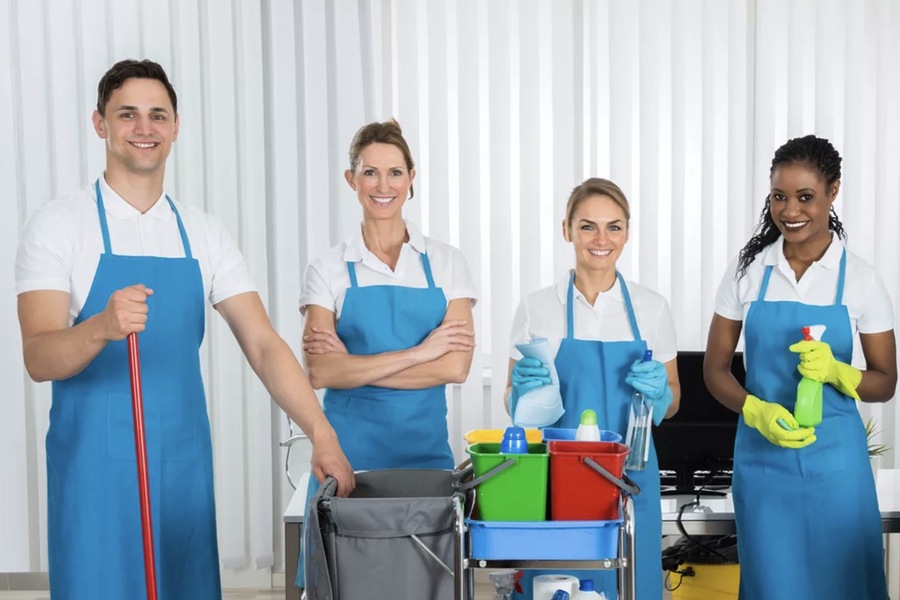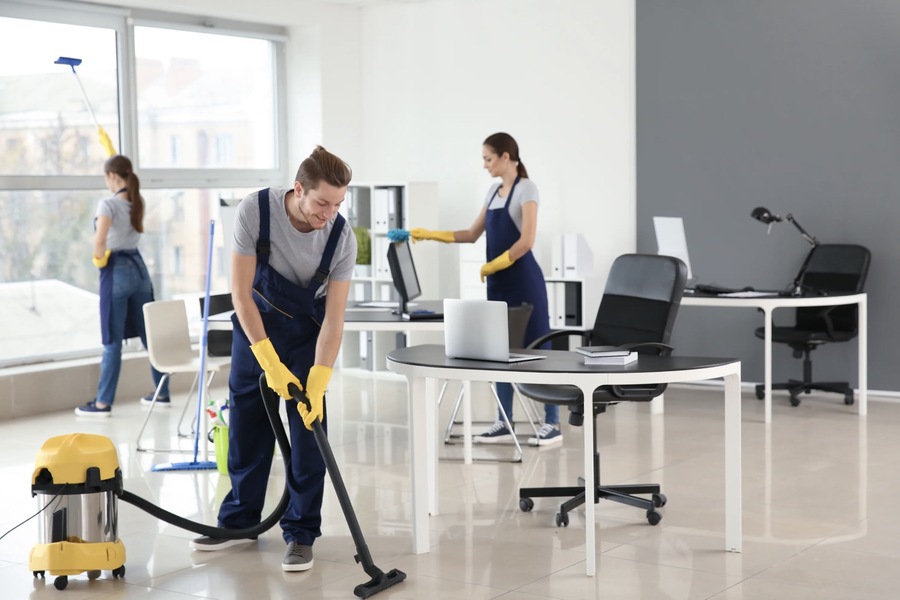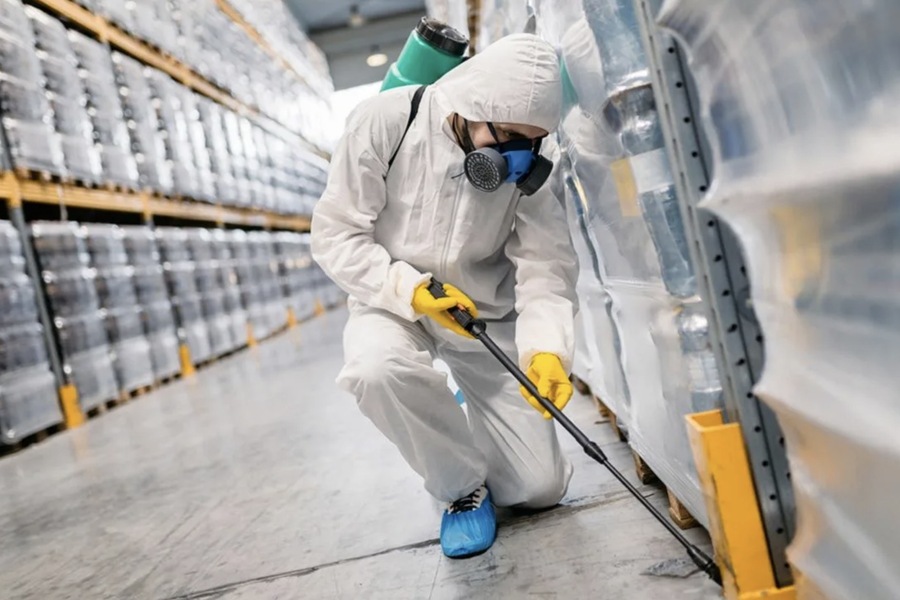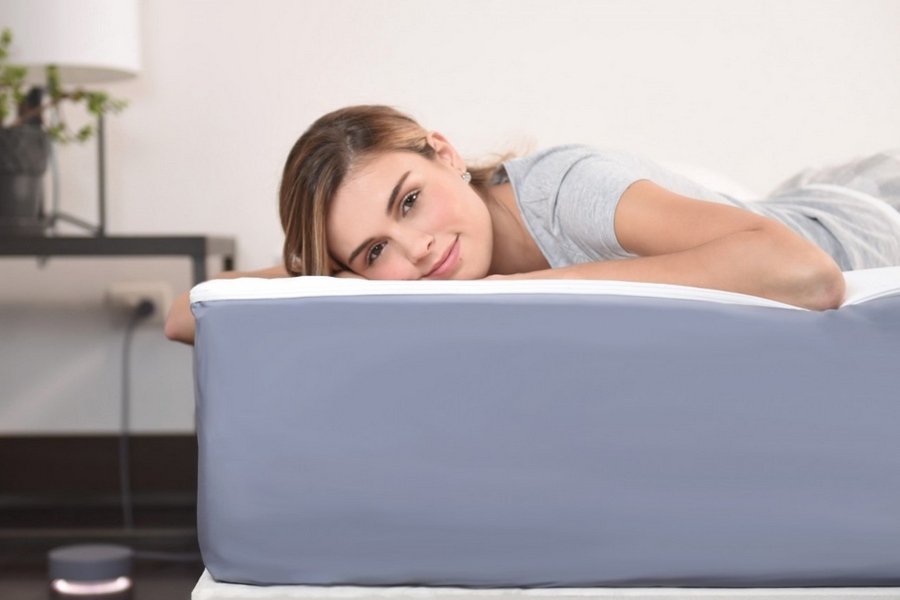The UAE healthcare industry is characterized by its rapid growth and commitment to providing world-class medical services. Maintaining stringent hygiene standards has never been more critical as the sector expands. Cleaning and disinfection are fundamental components of patient care, directly impacting patient outcomes and the overall quality of healthcare services. This article explores the evolution of cleaning standards in the UAE’s healthcare industry, the challenges faced, and the role of advanced cleaning products Dubai and equipment in meeting these standards.
The Importance of Hygiene in Healthcare
In healthcare settings, cleanliness is not merely a matter of aesthetics. Still, it is a critical factor in infection control and patient safety. Hospitals, clinics, and other medical facilities have a high risk of infection transmission, making rigorous cleaning protocols essential. Proper cleaning and disinfection practices help prevent healthcare-associated infections (HAIs), which can have severe consequences for patient health, prolong hospital stays, and increase healthcare costs.
The UAE’s healthcare sector has made significant strides in improving hygiene standards, driven by government regulations and patients’ increasing expectations. As a result, healthcare facilities are adopting more sophisticated cleaning products and technologies to ensure they meet or exceed these standards.

Regulatory Framework and Standards
The UAE government has implemented strict regulations to ensure that healthcare facilities maintain high levels of cleanliness and hygiene. Various health authorities enforce these regulations, including the Dubai Health Authority (DHA) and the Abu Dhabi Department of Health (DOH). Facilities must adhere to guidelines that specify the types of cleaning products used, the cleaning frequency, and the disinfection protocols.
For instance, the DHA’s infection control guidelines emphasize using hospital-grade disinfectants that are effective against a broad spectrum of pathogens. These guidelines also outline the procedures for cleaning different areas of a healthcare facility, from operating rooms and patient wards to common areas and administrative offices. Compliance with these regulations is monitored through regular inspections, and non-compliance can result in penalties or loss of accreditation.
The Role of Advanced Cleaning Products
To meet the stringent hygiene standards in healthcare, facilities in the UAE are increasingly turning to advanced cleaning products that offer enhanced efficacy and safety. These products target many pathogens, including bacteria, viruses, and fungi, ensuring that healthcare environments remain safe for patients and staff.
One key advancement in cleaning products is the development of disinfectants that are not only effective but also environmentally friendly. Traditional disinfectants often contain harsh chemicals that can harm the environment and pose health risks to cleaning staff. In contrast, newer formulations are designed to be less toxic while still providing the high disinfection required in healthcare settings.
Another important innovation is using antimicrobial coatings on surfaces in healthcare facilities. These coatings provide continuous protection against microbial growth, reducing the need for frequent cleaning and disinfection. They are particularly useful in high-touch areas such as door handles, light switches, and medical equipment, where the risk of contamination is high.
The Impact of Technology on Cleaning Practices
Integrating technology into cleaning practices has revolutionized how healthcare facilities maintain hygiene standards. One notable example is the use of ultraviolet (UV) light disinfection systems, which are becoming increasingly popular in the UAE. These systems use UV-C light to kill or inactivate microorganisms by disrupting their DNA, making it impossible for them to reproduce and cause infections.
UV disinfection is particularly effective in areas where traditional cleaning methods may not reach, such as the corners of rooms or the interiors of medical equipment. It is also used as an additional layer of disinfection in operating rooms, where the highest standards of sterility are required. By incorporating UV disinfection into their cleaning protocols, healthcare facilities can significantly reduce the risk of HAIs and improve patient safety.
Another technological advancement is the use of automated cleaning robots. These robots are designed to perform repetitive cleaning tasks precisely and consistently, freeing human staff to focus on more complex cleaning and patient care duties. Equipped with sensors and artificial intelligence, these robots can navigate obstacles, clean hard-to-reach areas, and even adjust their cleaning patterns based on the level of contamination detected.
Challenges in Maintaining Hygiene Standards
Despite the advancements in cleaning products and technology, healthcare facilities in the UAE still face challenges in maintaining the highest hygiene standards. One of the main challenges is the continuous training and education of cleaning staff. Given these workers’ critical role in infection control, they must be well-versed in the latest cleaning techniques and protocols.
Another challenge is consistent and thorough cleaning, especially in high-traffic areas. Ensuring every surface is cleaned and disinfected regularly in a busy healthcare facility can be difficult. This is where advanced cleaning products and technology become even more important, as they can help bridge the gap between manual cleaning efforts and the desired hygiene outcomes.

The Future of Cleaning in UAE Healthcare
As the healthcare sector in the UAE continues to grow, the demand for higher hygiene standards will only increase. The future of cleaning in healthcare will likely see even greater technology integration, with more widespread use of automated systems, advanced disinfectants, and antimicrobial surfaces. Additionally, as sustainability becomes a more pressing concern, there will be a greater emphasis on eco-friendly cleaning products and practices.
Healthcare facilities will also need to adopt more holistic approaches to hygiene, considering factors such as air quality, water quality, and waste management as part of their overall infection control strategy. By staying ahead of these trends and continuously improving their cleaning practices, healthcare providers in the UAE can ensure they provide the safest and most hygienic environments for their patients.
Conclusion
The evolution of cleaning standards in the UAE’s healthcare industry reflects the sector’s commitment to providing safe, quality care. Advanced cleaning procedures and technologies are crucial in meeting stringent hygiene requirements, protecting patients from infections, and ensuring compliance with regulatory standards. Maintaining high cleanliness levels will remain a top priority as the industry continues to evolve, supported by ongoing innovations and a strong regulatory framework.

I act as a financial expert on the Today Show and Good Morning, America. I like to give reasonable advice on budgeting to people with any income level.






